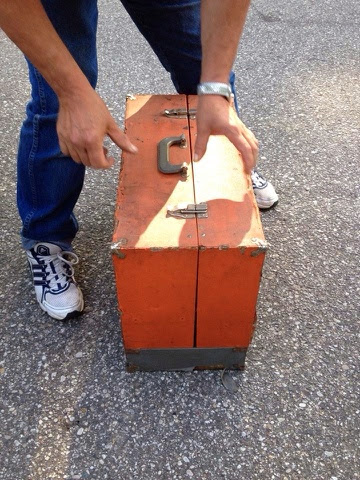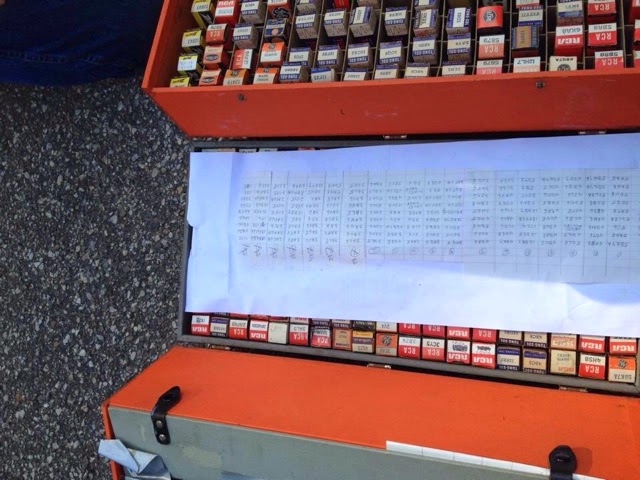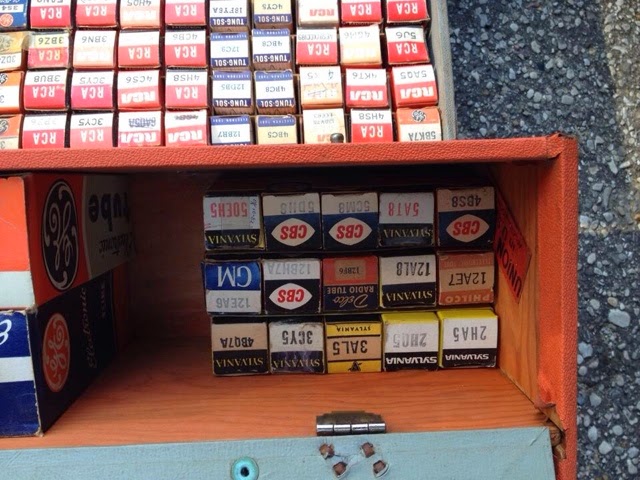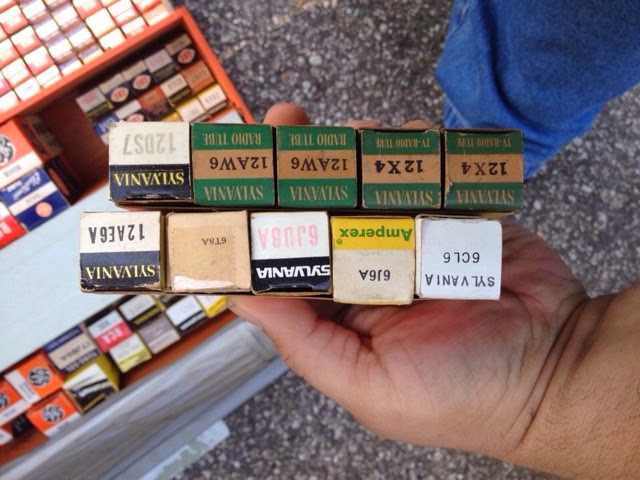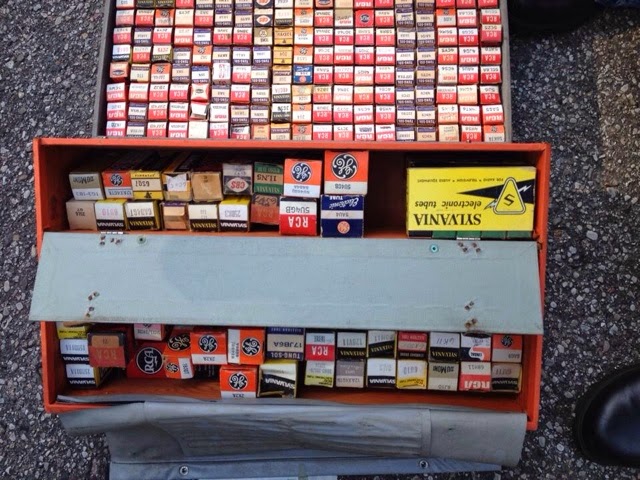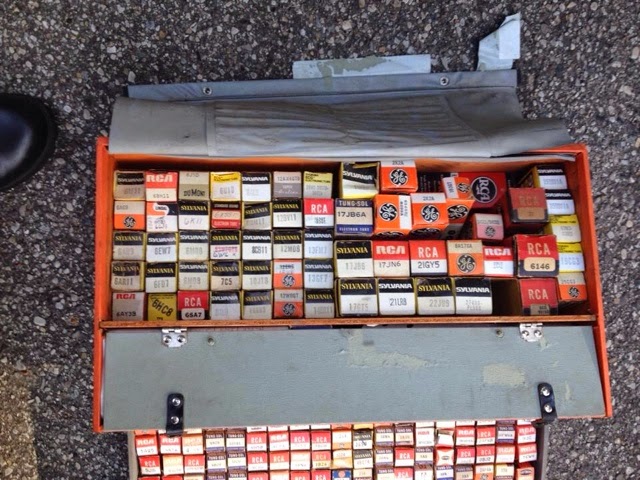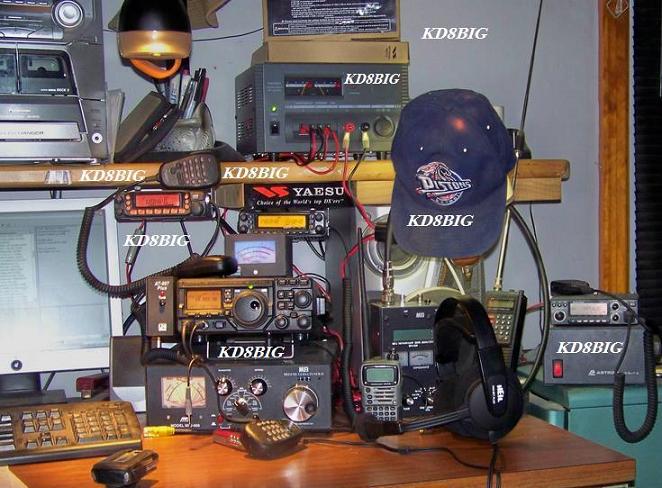Ham radio has assisted in reactivating an over three decade old NASA
satellite.
The U-K newspaper the Daily Mail says that several radio amateurs were
involved with Project Reboot in regaining control on May 29th of the 35
year old abandoned International Sun-Earth Explorer 3 spacecraft. Hams
named in the article include Dennis Wingo, KD4ETA; Achim Vollhardt,
DH2VA, and Mario Lorenz DL5MLO.
The International Sun-Earth Explorer was launched in 1978 to study
Earth’s magnetosphere. It carries thirteen scientific instruments to
measure plasmas, energetic particles, waves, and fields. As of this past
May, all but one is thought to be functional. An on-board data
handling system gathers the scientific and engineering information from
all systems in the spacecraft. It then formats this information into a
serial stream for transmission back to Earth by an on-board 5 watt
transmitter.
After completing its main mission, the satellite was repurposed in 1983
to study two comets. At that time it was renamed the International
Cometary Explorer and has been in a heliocentric orbit since then,
traveling just slightly faster than Earth. It’s finally catching up to
our planet from behind, and will be closest to Earth this August.
Now, KD4ETA has released an update on the attempts by the projects
volunteers, including the radio amateurs, to gain control of the
spacecraft. According to Wingo, the probe has been successfully
commanded into engineering telemetry mode. He noted the job done by
DH2VA and also Phil Karn, KA9Q, to make this happen. Karn is well known
in the amateur radio community for his work on the KA9Q Network
Operating System, the early 9600 bit FSK radio modems, and more
recently, the introduction of forward error correction into the Amateur
Satellite Service.
As we go to air, Project Reboot members are working on deadline. If
they get the spacecraft to change its orbit quickly, it can use the
Moon's gravity to get back into a useful halo orbit. If not, the fear
is that for all practical purposes the International Sun-Earth Explorer 3
could be lost. We will keep you posted.
For the Amateur Radio Newsline, I’m Heather Embee, KB3TZD, in Berwick, Pennsylvania.
--
The actual first command to the revived International Sun-Earth Explorer
3 spacecraft was successfully sent from the Arecibo Radio Observatory
in Puerto Rico using the facilities 305 meter dish. This after the
volunteer team installed the needed modulator, demodulator and power
amplifier to make contact and control of the satellite possible. More
is on the web at tinyurl.com/reboot-project (AMSAT-UK, Daily Mail,
Southgate)
